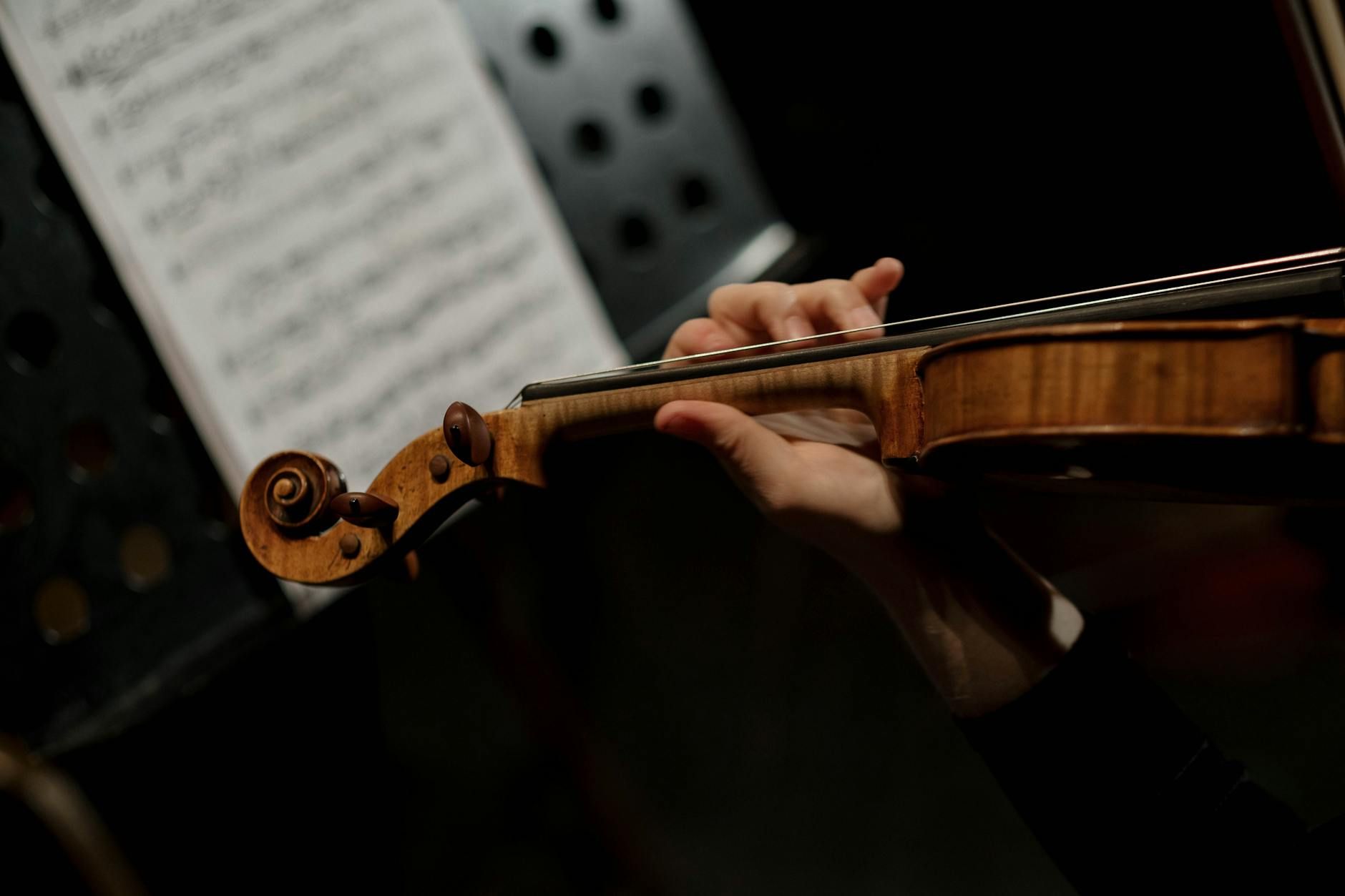Violin Myths: Debunking Misconceptions About the Most Aristocratic Instrument



When it comes to musical instruments, the violin holds a special place in the hearts of many. Its elegant shape, complex sound, and rich history make it a fascinating instrument to study and play. However, along with its mystique, the violin has also accumulated its fair share of myths and misconceptions over the years. In this article, we will delve into some of the most prevalent violin myths and uncover the truth behind them.
One common misconception about the violin is that it is only meant for the elite or the aristocratic class. While it is true that the violin has often been associated with royalty and high society throughout history, this does not mean that it is exclusively reserved for the wealthy. In fact, the violin is a versatile instrument that can be enjoyed by people from all walks of life, regardless of their social status.
Another myth surrounding the violin is that it is an instrument of limited range and capabilities. In reality, the violin is capable of producing a wide variety of sounds, from sweet and melodious to bold and dramatic. With the right techniques and playing styles, a skilled violinist can make the instrument sing in ways that may surprise even the most seasoned listeners.
Some believe that playing the violin requires innate talent and cannot be learned through practice and dedication. While it is true that some individuals may have a natural aptitude for the instrument, anyone can learn to play the violin with the right guidance and perseverance. As with any skill, mastering the violin requires time, effort, and a willingness to learn from both successes and failures.
One of the most enduring myths about the violin is that it is a fragile and delicate instrument that requires constant maintenance and care. While it is true that the violin is a finely crafted instrument that should be handled with care, it is also a sturdy and resilient piece of equipment that can withstand the rigors of regular playing and practice. With proper upkeep and occasional maintenance, a violin can last for generations.
It is often said that the sound of a violin is inherently melancholic or somber. While the violin is certainly capable of producing plaintive and soul-stirring melodies, it is also a versatile instrument that can express a wide range of emotions, from joy and exuberance to tension and suspense. The true beauty of the violin lies in its ability to evoke a myriad of feelings and moods, making it a favorite among composers and audiences alike.
Finally, there is a misconception that only a select few individuals can achieve greatness on the violin and become famous virtuosos. While it is true that the world of classical music has its share of iconic violinists, there are also many talented musicians who have made their mark in other genres and styles. Whether playing in a symphony orchestra, a jazz band, or a rock concert, the violin offers endless possibilities for creative expression and artistic fulfillment.
In conclusion, the violin is a remarkable instrument with a rich history, a complex sound, and a unique ability to captivate audiences of all ages. By dispelling these common myths and misconceptions, we can gain a deeper appreciation for the instrument and all that it has to offer. Whether you are a seasoned violinist or a curious beginner, there is always more to discover and explore in the world of the violin.





